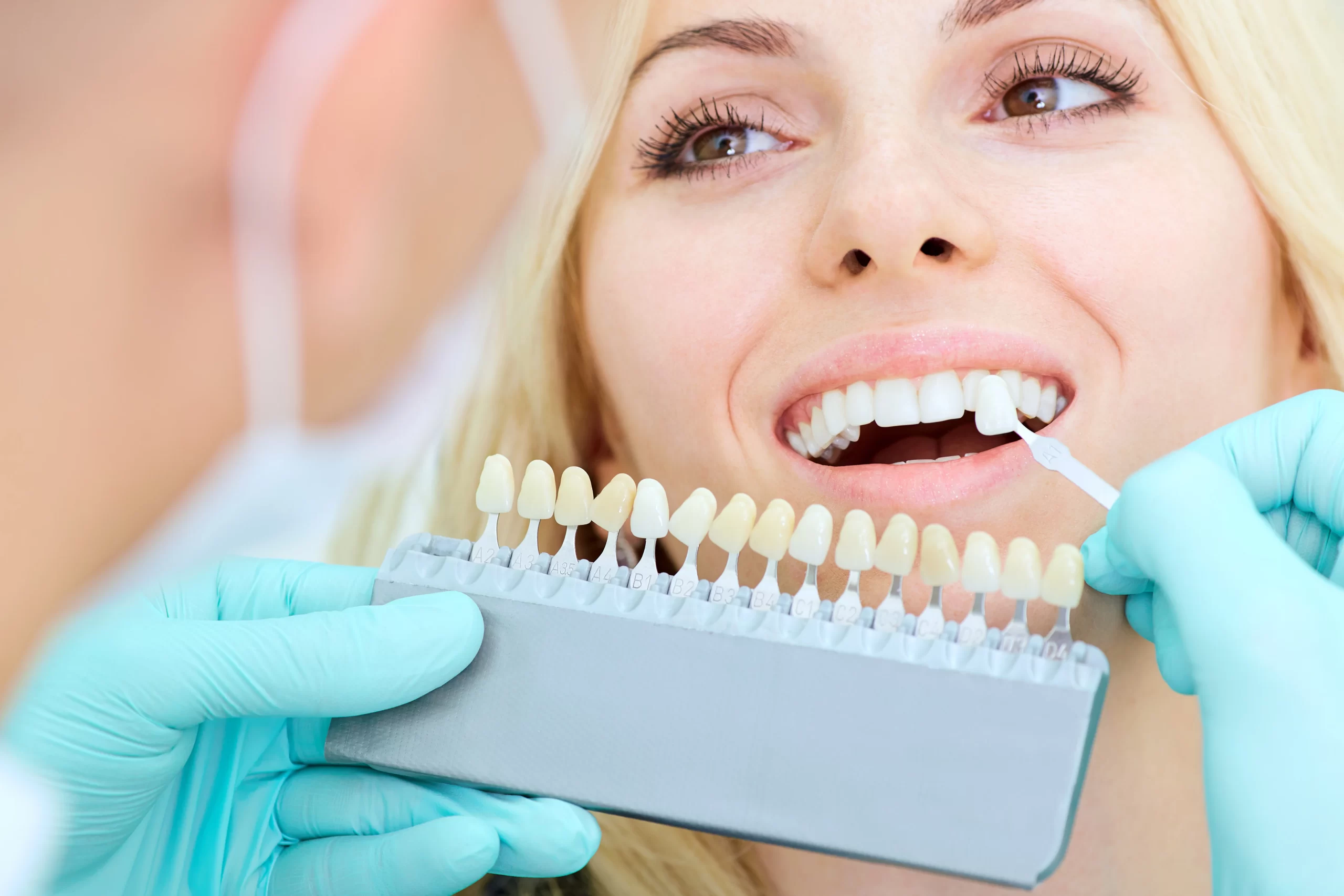Introduction
When we think of oral hygiene, brushing our teeth is usually the first thing that comes to mind. Many people remember to brush twice a day, but often skip flossing. While brushing is essential for removing plaque and food particles from the surface of the teeth, it cannot clean the tight spaces between them. This is where flossing comes in. For those with braces or Invisalign, flossing can be a bit more challenging, but it’s still crucial. Daily flossing is as essential as brushing, as it helps keep gums healthy, prevents cavities, and ensures fresh breath.
Reaches Where the Toothbrush Cannot
Toothbrush bristles are designed to clean the outer, inner, and chewing surfaces of your teeth. However, they cannot reach the small gaps between teeth. Food particles and plaque can build up in these spaces, leading to tooth decay. Flossing clears debris from difficult-to-reach areas, helping safeguard your teeth and gums from harmful bacteria.
Prevents Gum Disease
Plaque is a sticky layer of bacteria that forms on teeth. If not removed, it can harden into tartar and irritate your gums. This irritation may lead to gingivitis, which is the earliest stage of gum disease. Possible symptoms include redness, swelling, and bleeding when brushing. Flossing daily helps remove plaque before it turns into tartar, thereby protecting your gums from infection.
Reduces Risk of Cavities
Cavities often develop between teeth where cleaning is difficult. By flossing, you remove trapped food and bacteria, lowering your risk of tooth decay. Brushing twice a day but skipping flossing leaves some areas of your mouth unclean, allowing bacteria to grow.
Keeps Your Breath Fresh
Leftover food particles and bacteria in the mouth are common causes of bad breath. These can get stuck between teeth and release unpleasant odours. Flossing every day clears away the tiny bits of food and plaque that get stuck between your teeth, which a toothbrush can’t always reach. By removing these hidden particles, flossing not only prevents bacteria from building up but also keeps your mouth feeling clean, fresh, and healthy throughout the day.
Simple and Quick
Flossing doesn’t take long—just a few minutes a day can make a big difference. Take about 18 inches of dental floss, wrap it around your fingers, gently guide it between each tooth, and curve it to clean along the gumline. There are also floss picks and water flossers available for easier use.
Conclusion
Brushing your teeth is vital, but it’s only part of a complete oral care routine. Flossing is equally critical for removing plaque, guarding against gum disease, preventing cavities, and keeping your breath fresh. Brushing and flossing every day together provide your teeth and gums with the best possible protection. Your smile will not only look better but also stay healthier for years to come.


